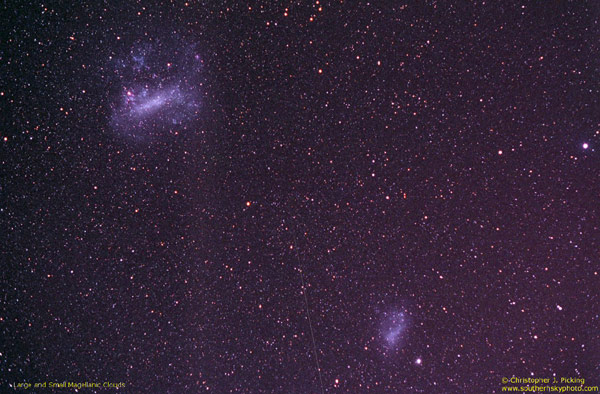I read the bit about Stellar Forge being used for procedural star system generation in this week's newsletter, and listened to the IGN Gamescom David Braben interview where it was explained that the 160'000 odd stars that are visible from Earth through Hubble (6000 visible to the naked eye?) were manually entered, then the procedural stuff was used to make the spacefield look right in terms of brightness, density etc when viewed from any given spot.
Thing is, a lot of the images i've seen from Hubble have shown a hell of a lot of other *galaxies* providing light which reaches us eventually. Images from the deep field and such. So how does Stellar Forge handle this? Is the light from all those other galaxies actually so negligible it can be safely ignored (even though they're bright enough for Hubble to image them past all our galaxy's stars), has it actually increased the star density of our own galaxy to fill in for the lost light by not simulating other galaxies, is it simulating them but only as point light sources not full galaxies (which would be insane!), or what?
I was just thinking, because when the game gets a full release i'm going to be all about the exploring. I've also been reading the later Foundation books recently, and i'd love to be able to travel to a planet orbiting a star right at the edge of our galaxy (like Terminus in the books) and look out into black space, where the other galaxies would presumably be much more noticeable with no starfield clouding the view. It's going to be a bit disappointing if I get there, look out, and everything is just black (Unless someone can tell me that our current understanding suggests it *would* just be black, and even at the edge you wouldn't see other galaxies with the naked eye). Even if the other galaxies would only appear to my eye as point lights, like far stars in our own galaxy do, i'd like to be able to look out and see them.
Thing is, a lot of the images i've seen from Hubble have shown a hell of a lot of other *galaxies* providing light which reaches us eventually. Images from the deep field and such. So how does Stellar Forge handle this? Is the light from all those other galaxies actually so negligible it can be safely ignored (even though they're bright enough for Hubble to image them past all our galaxy's stars), has it actually increased the star density of our own galaxy to fill in for the lost light by not simulating other galaxies, is it simulating them but only as point light sources not full galaxies (which would be insane!), or what?
I was just thinking, because when the game gets a full release i'm going to be all about the exploring. I've also been reading the later Foundation books recently, and i'd love to be able to travel to a planet orbiting a star right at the edge of our galaxy (like Terminus in the books) and look out into black space, where the other galaxies would presumably be much more noticeable with no starfield clouding the view. It's going to be a bit disappointing if I get there, look out, and everything is just black (Unless someone can tell me that our current understanding suggests it *would* just be black, and even at the edge you wouldn't see other galaxies with the naked eye). Even if the other galaxies would only appear to my eye as point lights, like far stars in our own galaxy do, i'd like to be able to look out and see them.

